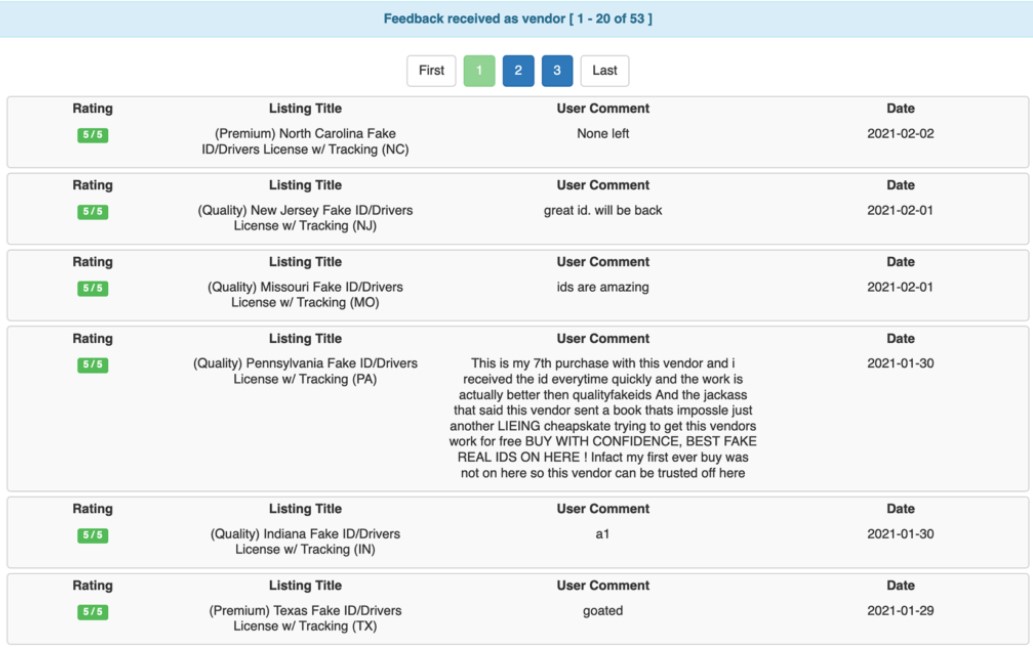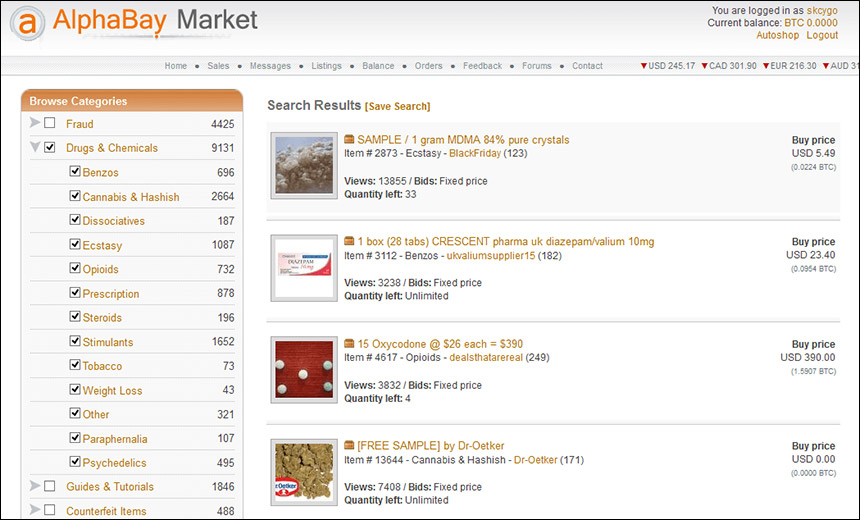In recent years, the deep web has emerged as a shadowy side of the web, a space where privacy prevails and illicit trade flourishes. Dark web markets, often known as dark marketplaces, have captivated both users and governments alike with their hidden offerings, ranging from illegal drugs and illegally obtained data to personal services and arms. The attraction of these markets lies not only in their products but also in the lack of central authority of transactions, allowing users to conduct business without traditional oversight.
Yet, the rise of these underground platforms has been met with growing examination and raids from law enforcement agencies globally. As authorities become more proficient at penetrating and destroying these operations, the ecosystem of dark web trade is in a state of change. This interaction between innovation and law defines the path of the underworld bazaar, where fresh marketplaces rise from the ashes of old ones, and the rhythm of anonymity and transparency continues to shape the dark web.
Origins of the Dark Web
The origins of the deep web can be tracked back to the beginnings of the internet when confidentiality and anonymity were crucial concerns for developers and internet participants alike. In the mid-90s, the American Naval Research Laboratory created the Tor project to enable protected communication for government entities. Tor, which stands for The Onion Router, was created to protect the identification and locations of its users by transmitting internet traffic through numerous servers and coding data at each point.


As the tech matured, the opportunities for the deep web expanded. By the 2000s, individuals began to use Tor for other secure communication. It became a sanctuary for those wishing to debate controversial subjects without fear of surveillance and restrictive oversight. This led to the creation of many platforms and forums where users could interact anonymously. The attraction of privacy drew a diverse crowd, from activists and reporters to individuals looking for a means to engage in illegal actions.
By the end of the 2000s, dark web marketplaces began to flourish. These online shops offered a selection of items and offerings, from illegal narcotics to hacking tools. The use of digital currencies for exchanges further enabled this hidden commerce, as it enabled additional layers disguise. As deep web markets gained notoriety, they became a focal point for authorities, igniting a cat-and-mouse game that ongoes to this day.
Main Actors in Darknet Marketplaces
The scene of darknet marketplaces is shaped by numerous key players who add to its distinct ecosystem. Merchants are often skilled dealers who specialize in specific goods, ranging from controlled substances to fake products. They utilize secure communication and disguise to safeguard their personal information while navigating the challenges of darknet transactions. Some vendors establish a reputation through customer reviews, which can significantly impact their ability to capture buyers and maintain a lucrative operation.
Buyers in darknet markets are similarly motivated by multiple reasons, including the availability of products that may be illegal or challenging to acquire in conventional markets. These people are generally technologically adept and apprehend the importance of maintaining privacy, often using digital currencies to facilitate transactions. Some buyers are risk-taking consumers seeking novelty, while others are focused, drawn to the allure of acquiring controlled substances or other forbidden goods without the threat of being caught in the offline space.
Market administrators and supervisors play a key role in maintaining the functionality of these platforms. nexus official link They oversee operations, apply rules, and guarantee that transactions move forward efficiently. Many platforms also provide support services, such as conflict mediation and third-party payment services, designed to safeguard both buyers and vendors. This threefold of players creates a dynamic environment where credibility and protection are paramount, despite the intrinsic risks involved in the underground trade.
The Diminishing of Dark Web Trade
The diminishing of dark web trade can be attributed to heightened law enforcement actions targeting illegal activities. Governments around the globe have become more proficient at monitoring and prosecuting individuals involved in transactions on the dark web. Crackdowns like Silk Road and AlphaBay led to significant arrests, which created a chilling effect on both sellers and customers. As the dangers of engaging in dark web markets increased, many users started to reevaluate their involvement in these illegal platforms.
A further reason contributing to the diminishing is the emergence of new solutions for accessing illegal goods and products. The dark web was formerly viewed as the chief path for such transactions, but progress in technology have led to the rise of more accessible black markets on the clearnet. This change has drawn many users farther away from the privacy and hazards associated with dark web markets, choosing for more accessible and viewed safer options.
Lastly, the general market saturation has played a role in the decrease of dark web trade. As many emerging platforms appeared, rivalry increased among vendors, often leading to a decrease in product quality and reliability. Buyers began to lose confidence in the decentralized market, understanding that the promised anonymity did not necessarily guarantee security or high quality. Combined with the tightening of law enforcement and the emergence of new approaches, the dark web trade has seen a marked downturn in user engagement and the volume of transactions.
